10 Top Alternatives Of PygmalionAI 2023
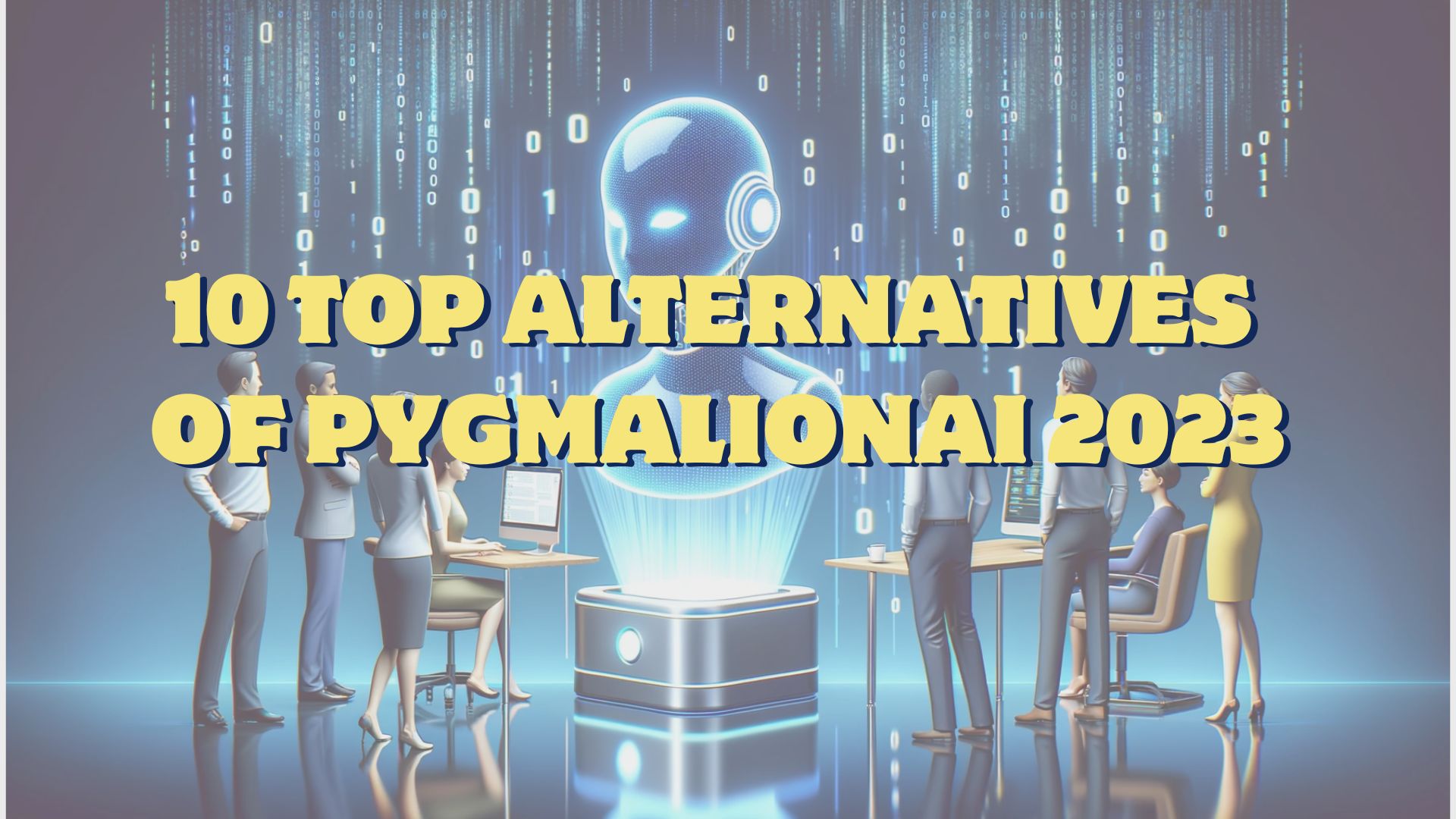
Hey there, tech enthusiast! 🚀 If you’ve been on the hunt for the best alternatives to PygmalionAI, you’re in for a treat. We’ve scoured the digital realm and have come up with a list that’s hotter than a summer’s day. So, grab your favorite beverage, and let’s dive in!
What Is PygmalionAI?
PygmalionAI, not to be confused with a mythical sculptor, is a cutting-edge AI tool. But if you’re looking to explore other realms, we’ve got you covered.
Best PygmalionAI Alternatives
Name | Rating | Features |
Llama 2 | 4.7/5 | Next-gen large language model |
ChatGPT | 4.6/5 | Human-like responses, NLP tasks |
GPT-J | 4.8/5 | Code generation, zero-shot tasks |
Stable LM | 4.5/5 | Conversational & coding challenges |
OpenLLaMA | 4.6/5 | Open source reproduction of LLaMA 7B |
Vicuna | 4.7/5 | Open-source chatbot |
GPT4All | 4.5/5 | Training & deploying large language models |
Alpaca | 4.6/5 | Instruction-following model |
FreeWilly | 4.7/5 | Large Language Models |
NLP Cloud | 4.5/5 | Production-ready AI models |
1. Llama 2: The Next-Gen Language Model

Introduction: Llama 2 is the successor to the popular Llama 1 model, boasting double the context length and enhanced training with over a million human annotations. It’s an open-source language model that has shown remarkable performance in tests of reasoning, coding proficiency, and knowledge.
Pros:
- Extensive training with over 1,000,000 human annotations.
- Outperforms many other open-source language models.
- Pre-trained using publicly available online data sources.
Cons:
- Might require fine-tuning for specific tasks.
- Larger model size can be resource-intensive.
Best Suited For: Developers and researchers looking for a robust and versatile language model.
2. ChatGPT The Conversational Maestro
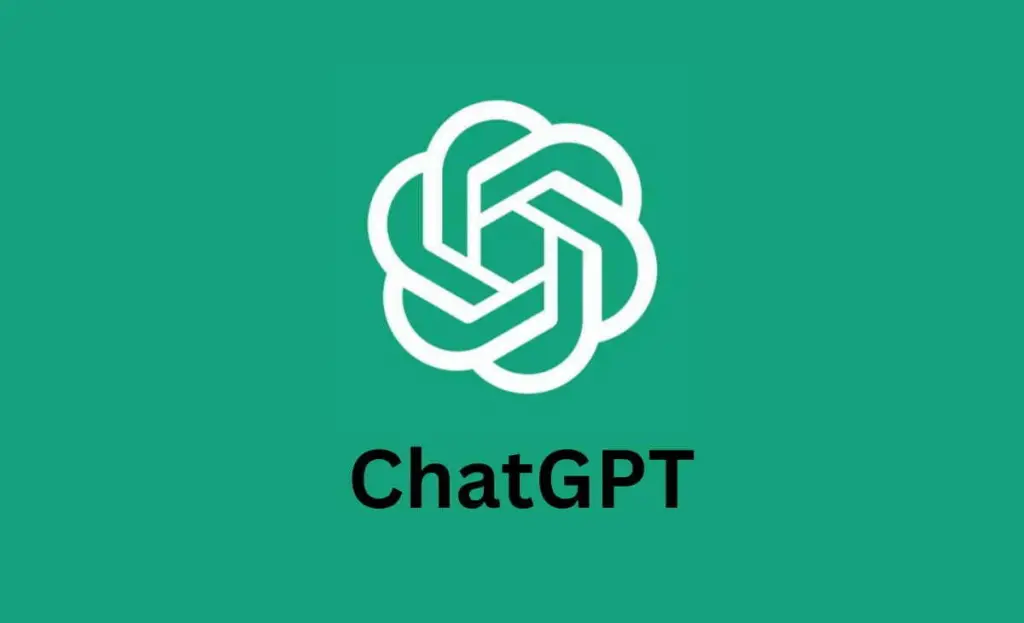
Introduction: Developed by OpenAI, ChatGPT is a language model designed to generate human-like responses. Trained on a vast range of internet texts, it’s versatile enough to handle tasks like conversation, question answering, and text generation.
Pros:
- Can perform a wide range of NLP tasks.
- Uses a transformer architecture known for efficiency.
- Capable of generating code.
Cons:
- Might sometimes produce verbose outputs.
- Requires careful implementation for specific applications.
Best Suited For: Businesses looking to implement chatbots or conversational AI solutions.
3. GPT-J: The Code Generation Specialist
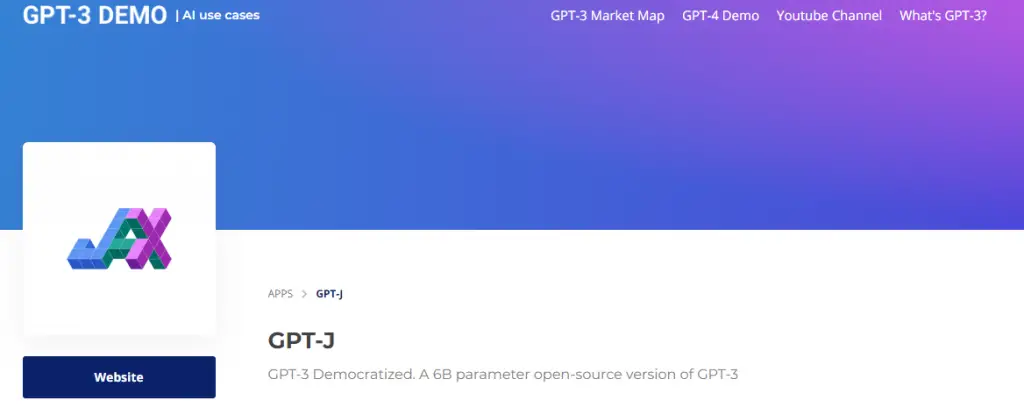
Introduction: GPT-J, developed by EleutherAI, is a state-of-the-art language model that rivals OpenAI’s GPT-3 in performance. It has shown a particular knack for code generation tasks and is built on the extensive ‘The Pile’ dataset.
Pros:
- Comparable performance to GPT-3.
- Specializes in code generation tasks.
- Open-source and built on a vast dataset.
Cons:
- Not primarily designed as a chatbot.
- Might require fine-tuning for non-coding tasks.
Best Suited For: Developers and businesses focusing on code generation and automation.
4. Stable LM: The Rock-Solid Language Model

Introduction: Stable LM is a language model that prides itself on stability and consistency. Designed for both conversational and coding challenges, it’s a versatile tool for developers and chatbot enthusiasts alike.
Pros:
- Designed for a wide range of tasks.
- Offers consistent and reliable outputs.
- Suitable for both chat and coding applications.
Cons:
- Might not have the flair of some newer models.
Best Suited For: Those seeking a dependable and consistent language model.
5. OpenLLaMA: The Open-Source Sensation

Introduction: OpenLLaMA is an open-source reproduction of the LLaMA 7B model. It offers the power and capabilities of LLaMA but with the flexibility and adaptability of open-source software.
Pros:
- Open-source and customizable.
- Built on the robust LLaMA architecture.
- Supported by a growing community.
Cons:
- Might require more setup and fine-tuning than proprietary models.
Best Suited For: Developers and researchers who value open-source flexibility.
6. Vicuna: The Elegant Conversationalist
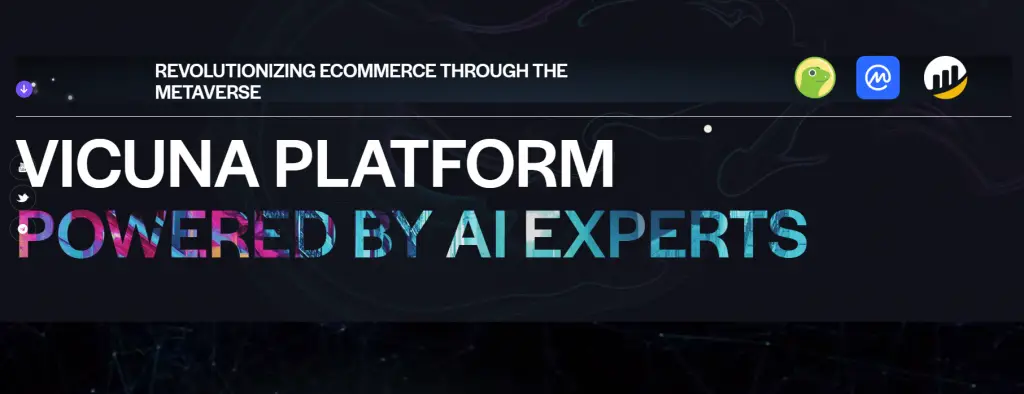
Introduction: Vicuna is an open-source chatbot designed for smooth and natural conversations. Its algorithms ensure that chats feel genuine, making it a favorite for customer support and personal chat applications.
Pros:
- Designed for smooth conversations.
- Open-source and customizable.
- Suitable for both personal and business applications.
Cons:
- Might not be as versatile as some other models for non-chat tasks.
Best Suited For: Businesses and individuals seeking a natural chat experience.
7. GPT4All: The People's Language Model
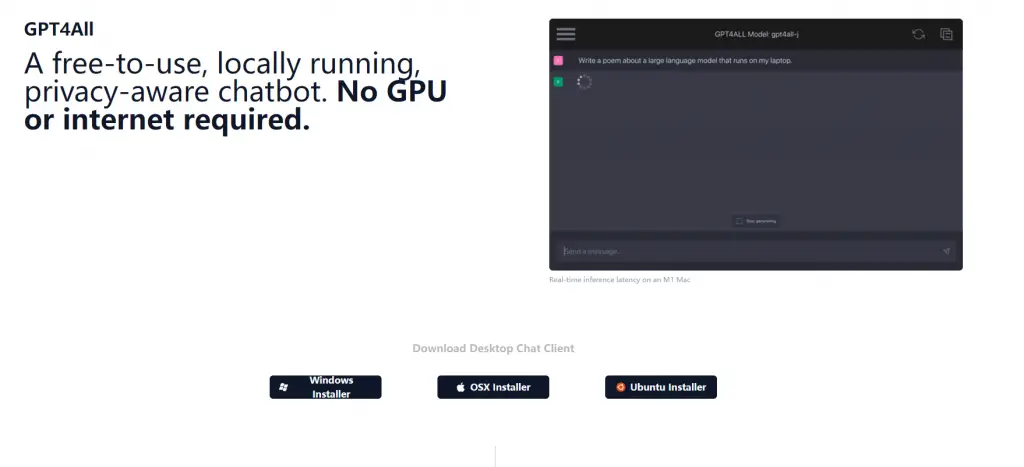
Introduction: GPT4All democratizes access to large language models. It’s designed for training and deploying models, making it a go-to for developers looking to integrate advanced NLP into their applications.
Pros:
- Designed for training and deployment.
- Offers a wide range of pre-trained models.
- Suitable for a variety of applications.
Cons:
- Might require more technical know-how than some other options.
Best Suited For: Developers looking to train and deploy advanced language models.
8. Alpaca: The Instruction-Following Prodigy
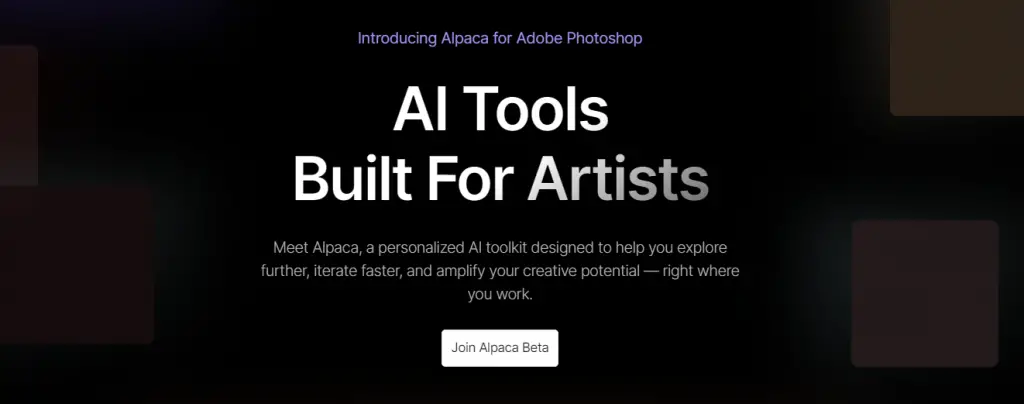
Introduction: Alpaca stands out for its ability to follow instructions to the letter. Whether you’re looking for precise outputs or need a model that can handle complex directives, Alpaca is up to the task.
Pros:
- Exceptional at following instructions.
- Designed for precision and accuracy.
- Adaptable to a range of tasks.
Cons:
- Might not be as free-flowing as some other models for open-ended tasks.
Best Suited For: Tasks that require precise instruction-following.
9. FreeWilly: The Freedom to Express
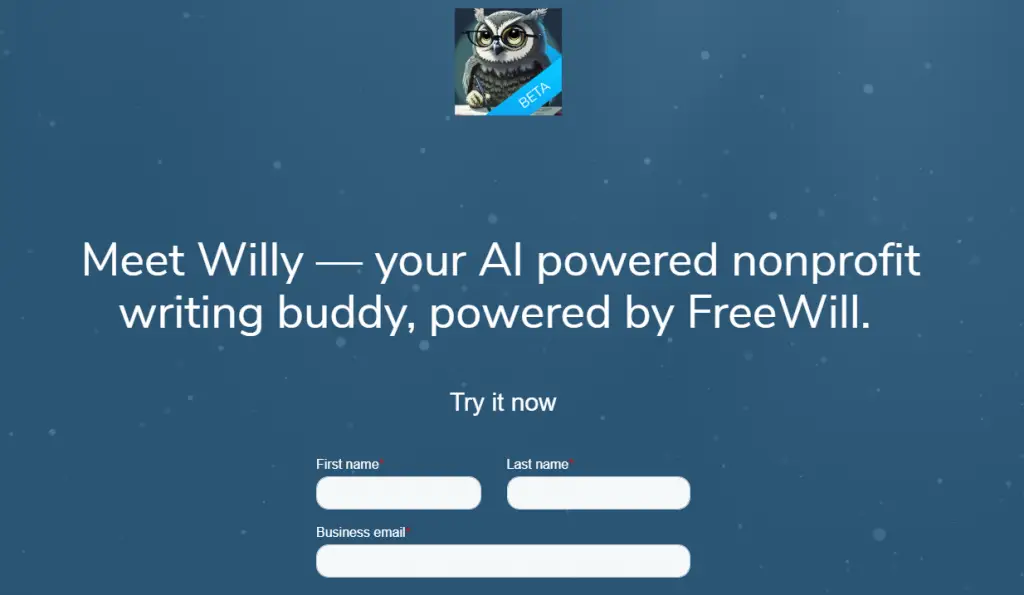
Introduction: FreeWilly offers a unique blend of large language models with the freedom of expression. It’s designed for those who value creativity and expression in their AI interactions.
Pros:
- Designed for creative outputs.
- Offers a unique blend of structure and freedom.
- Suitable for a range of expressive tasks.
Cons:
- Might not be as precise as some other models for specific tasks.
Best Suited For: Creative tasks and expressive outputs.
10. NLP Cloud: The Cloud-Based NLP Powerhouse

Introduction: NLP Cloud offers production-ready AI models in the cloud. With a focus on scalability and performance, it’s a top choice for businesses looking to integrate AI without the hassle of setup and maintenance.
Pros:
- Cloud-based for scalability and performance.
- Offers a range of pre-trained models.
- Designed for business and enterprise applications.
Cons:
- Might not be as customizable as some on-premises solutions.
Best Suited For: Businesses looking for scalable, cloud-based NLP solutions.
Conclusion
The AI landscape is rapidly evolving, with numerous alternatives to PygmalionAI emerging in the market. Each of these models offers unique features and capabilities, catering to different needs and applications. It’s essential to understand the specifics of each model to make an informed decision that best suits your requirements.
